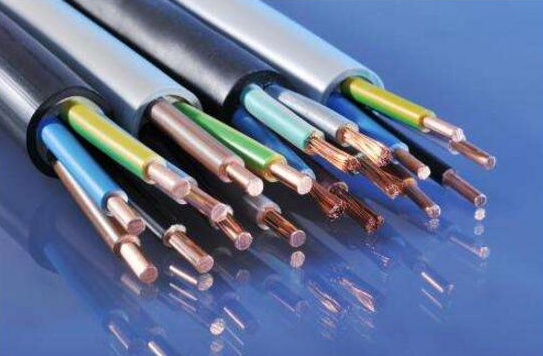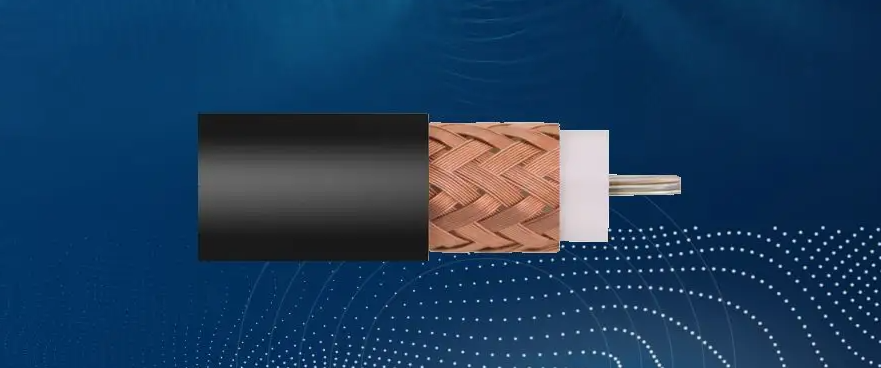Coaxial cable can be divided into two basic types: baseband coaxial cable and broadband coaxial cable.
The current baseband commonly used cable, the shield line is made of copper mesh, the characteristic impedance of 50 (such as RG-8, RG-58, etc.).

Broadband coaxial cable commonly used cable shielding is usually aluminum stamping Into the characteristic impedance of 75 (such as RG-59, etc.).
Coaxial cable and coaxial cable refers to the coaxial cable diameter is small or small. The coarse cable is suitable for relatively large local networks, and its standard distance is long and the reliability is high.
As the installation does not need to cut off the cable, so you can flexibly adjust the computer's network location as needed. But the cable network must be installed transceiver and transceiver cable, the installation is difficult, so the overall cost is high.
On the contrary, the cable installation is relatively simple, low cost, but because the installation process to cut off the cable, both ends must be fitted with the basic network connector (BNC), and then connected to the T-connector at both ends.
So when the connector for a long time prone to poor contact Of the hidden dangers, which is currently running one of the most common failures occurred in Ethernet.
In order to maintain the correct electrical characteristics of the coaxial cable, the cable shield must be grounded. At the same time both ends have a terminal to weaken the signal reflection.

Whether it is a thick cable or a thin cable are bus topology, that is, a cable on a number of machines, this topology for machine-intensive environment.
However, when a contact fails, the fault will affect all the machines on the entire cable, fault diagnosis and repair are very troublesome, therefore, will be gradually replaced by unshielded twisted pair or cable.
The computer network generally uses RG-8 Ethernet cable and RG-58 Ethernet cable. RG-59 for TV systems. The RG-62 is for the ARCnet network and the IBM3270 network.